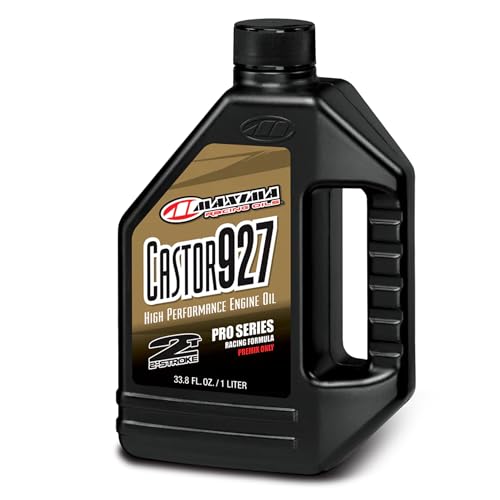



Using high-pressure cleaning tools can effectively remove dirt and grime from vehicles, provided certain precautions are followed. It’s crucial to maintain an appropriate distance from surfaces to prevent damage, as excessive force can harm paintwork, seals, and sensitive components.
For optimal results, consider employing a wide-angle nozzle, which distributes water more evenly and reduces the risk of concentrating pressure on a single point. Adjusting the machine’s pressure settings is equally important; a moderate setting typically suffices for general cleaning tasks without compromising the integrity of vehicle finishes.
Be cautious around sensitive areas such as the electrical systems, tyres, and undercarriage. Thoroughly inspecting the vehicle beforehand allows for a more effective cleaning process while minimising potential risks. Always follow manufacturer guidelines for both the cleaning tool and the vehicle, as this will enhance the overall experience and results.
In conclusion, while utilising high-pressure methods can yield great benefits when cleaning vehicles, careful handling and adherence to best practices are key to maintaining vehicle condition and longevity.
Understanding the Pressure Settings for Car Washing
Adjust the force to no more than 1200-1900 PSI for optimal results without risking damage. This range effectively removes dirt while protecting sensitive areas like paint and trim.
When selecting the nozzle, a 25-degree tip is ideal; it offers a balance between coverage and intensity, ideal for thorough cleaning without excessive wear. A wider angle spreads the force, minimising the chance of scratches.
Pay attention to the distance too. Maintain a distance of at least 2 feet from the surface. This helps diffuse the impact and prevents concentrated force that could harm delicate finishes. Gradually approach as needed for stubborn grime.
Always start from the top and work your way down. This method ensures that dirt flows downward, preventing re-depositing on cleaned sections. It also helps avoid oversaturating areas like lower panels that may have accumulated debris.
Incorporate foam or detergent application before using high-intensity streams. Pre-soaking loosens stubborn residues and improves cleaning outcomes, allowing for lower pressure settings to be used effectively.
Regular maintenance of the equipment is essential. A clogged nozzle can increase the pressure output unintentionally, potentially leading to damage. Inspect and clean the nozzle periodically for consistent results.
Understanding these parameters equips you to use cleaning devices wisely. Your machine can be an effective ally in achieving a pristine look while maintaining integrity.
Choosing the Right Nozzle for Optimal Cleaning
For achieving optimal results, the nozzle selection is paramount. I recommend using a fan or turbo nozzle for thorough cleaning without causing damage. These types have varying spray angles, allowing you to adjust based on the vehicle’s surface type.
For most applications, a 25-degree nozzle suffices, delivering a wide spray that handles dirt while maintaining a safe distance from delicate components. This nozzle is versatile and suitable for larger surfaces.
If stubborn grime is present, I suggest employing a 15-degree nozzle. This concentrated jet can cut through heavy deposits but must be used cautiously, keeping it at least 12 inches away from painted surfaces to avoid potential issues.
Conversely, a soap nozzle (typically 40 degrees) is excellent for applying cleaning agents. It disperses the solution evenly over the surface before the rinsing process, enhancing efficiency.
Understanding the specific application of each nozzle will drastically enhance your cleaning routine. Test the nozzle on an inconspicuous area to ensure compatibility with the surface, thus preventing any unwanted marks or damage.
Finally, maintaining your nozzles is vital. Regular cleaning prevents clogs, ensuring a consistent spray pattern and prolonging their lifespan. Proper nozzle care is as important as choosing the right one for achieving excellent results.
Identifying Areas to Avoid During Pressure Washing
Avoid directing the water jet at sensitive areas including the engine bay, air intake, and electrical connections. Water ingress may lead to malfunctions or damage. Ensure that any exposed wiring or connectors are not targeted.
Take care around the paintwork. Excessive force can strip away protective layers and create chipping or peeling. Also, avoid areas prone to rust, as increased moisture exposure can exacerbate corrosion.
Steer clear of delicate components like mirrors, lights, and plastic trim. The concentrated force can crack or dislodge these parts, resulting in costly repairs.
Be cautious around any stickers or decals. High-pressure streams can loosen or tear these features, detracting from the vehicle’s aesthetic appeal.
Pay attention to the gaps and seams in the bodywork. Forceful jets can force water into areas where it should not penetrate, leading to long-term damage such as mould growth or structural issues.
Finally, refrain from targeting the underside of the vehicle too aggressively. While it’s essential to clean this area, excessive pressure can loosen fasteners or damage crucial components like the exhaust system or fuel lines.
Preventing Damage to Paint and Trim
To protect the finish and trim of your vehicle, ensure the distance between the nozzle and the surface is maintained at a minimum of 30 centimetres (about 12 inches). This distance helps to prevent any chipping or peeling of the paint. It’s crucial to keep the nozzle moving continuously while cleaning, avoiding any prolonged focus on one area.
Using the Right Technique
Angle the spray so that water flows away from the edges of the body panels and trims. This reduces the chances of forcing water into crevices, which can lead to rust or damage over time. Apply a sweeping motion to distribute the force evenly and ensure thorough cleaning without undue stress on any specific part.
Attention to Built-in Accessories
Pay careful attention to features such as mouldings, emblems, and bumpers, as these areas are often more vulnerable to damage. Avoid using a high-pressure setting on these components. Instead, consider a gentle alternative or hand cleaning to preserve the integrity of these details. Regular inspections for signs of wear, especially after using cleaning equipment, will help maintain the appearance of your vehicle.
Ensuring Safety for Windows and Lights
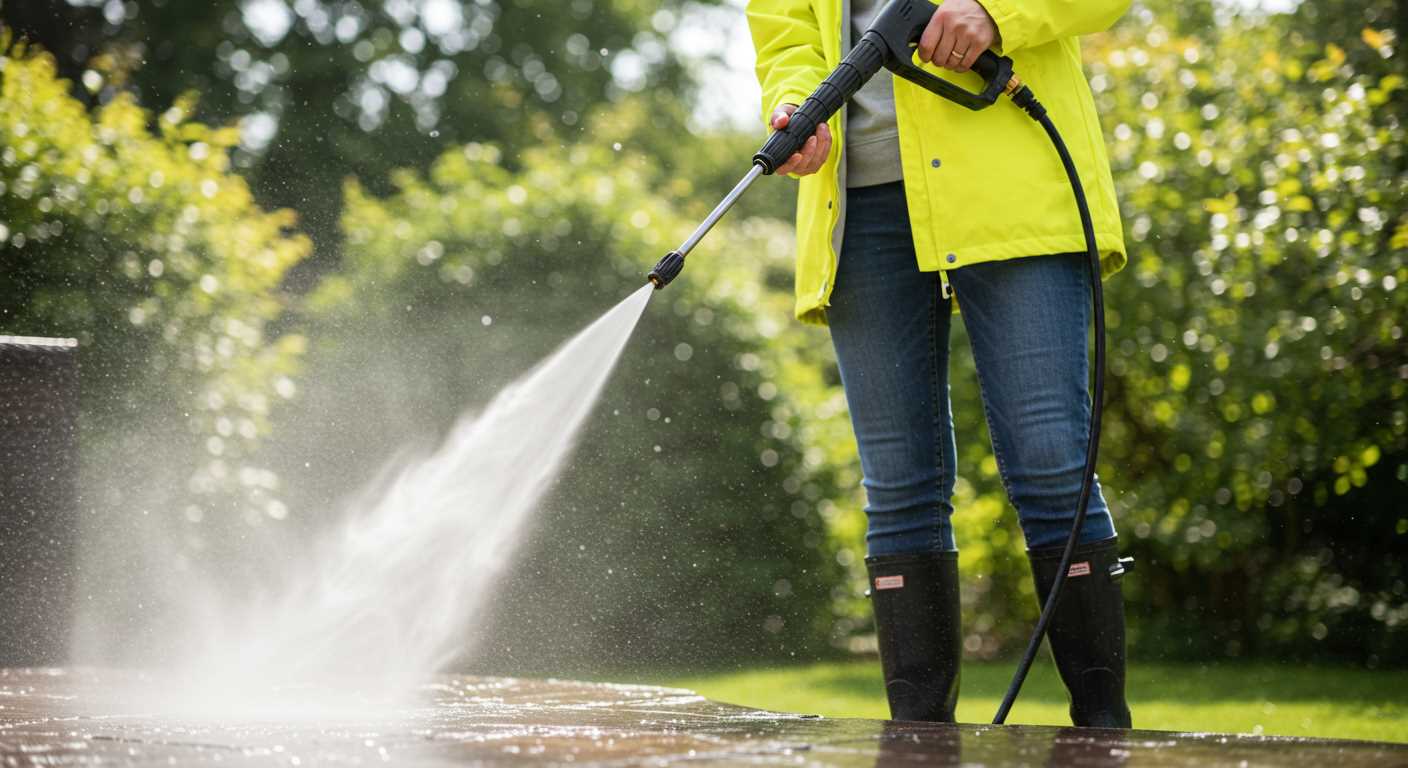
Prioritising the integrity of windows and lights during cleaning procedures is crucial. To protect these components, apply the following measures:
- Maintain a distance of at least 2 feet from glass and lights. This minimises the risk of breakage and prevents seals from being compromised.
- Select a lower setting on your equipment. Using a gentle approach helps avoid shattering glass or damaging plastic components.
- Utilise a wide-angle nozzle. This spreads the water flow, reducing the intensity at which it impacts the surface.
Inspect for Vulnerabilities
Before beginning, inspect windows and lights for cracks or existing damage. If any issues are present, focus on these areas to prevent escalation during the cleaning process.
Post-Cleaning Review
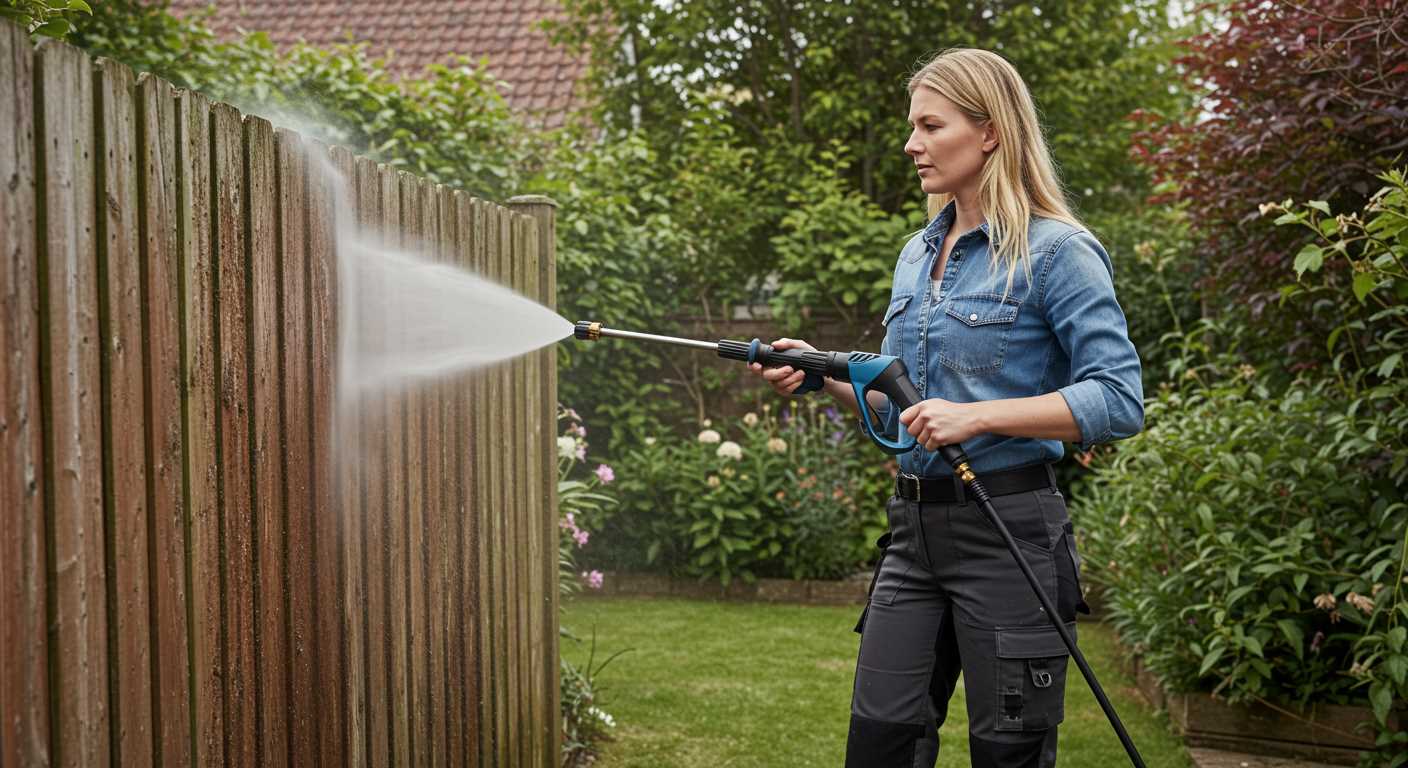
After finishing, conduct a thorough examination of the cleaned areas. Ensure no water has entered enclosed spaces and check that seals remain intact for optimal functionality.
Preparing Your Vehicle for High-Pressure Cleaning
Before engaging in high-pressure cleaning, I recommend taking a few specific steps to ensure optimal results and minimise any potential issues.
Check for Loose Parts and Accessories
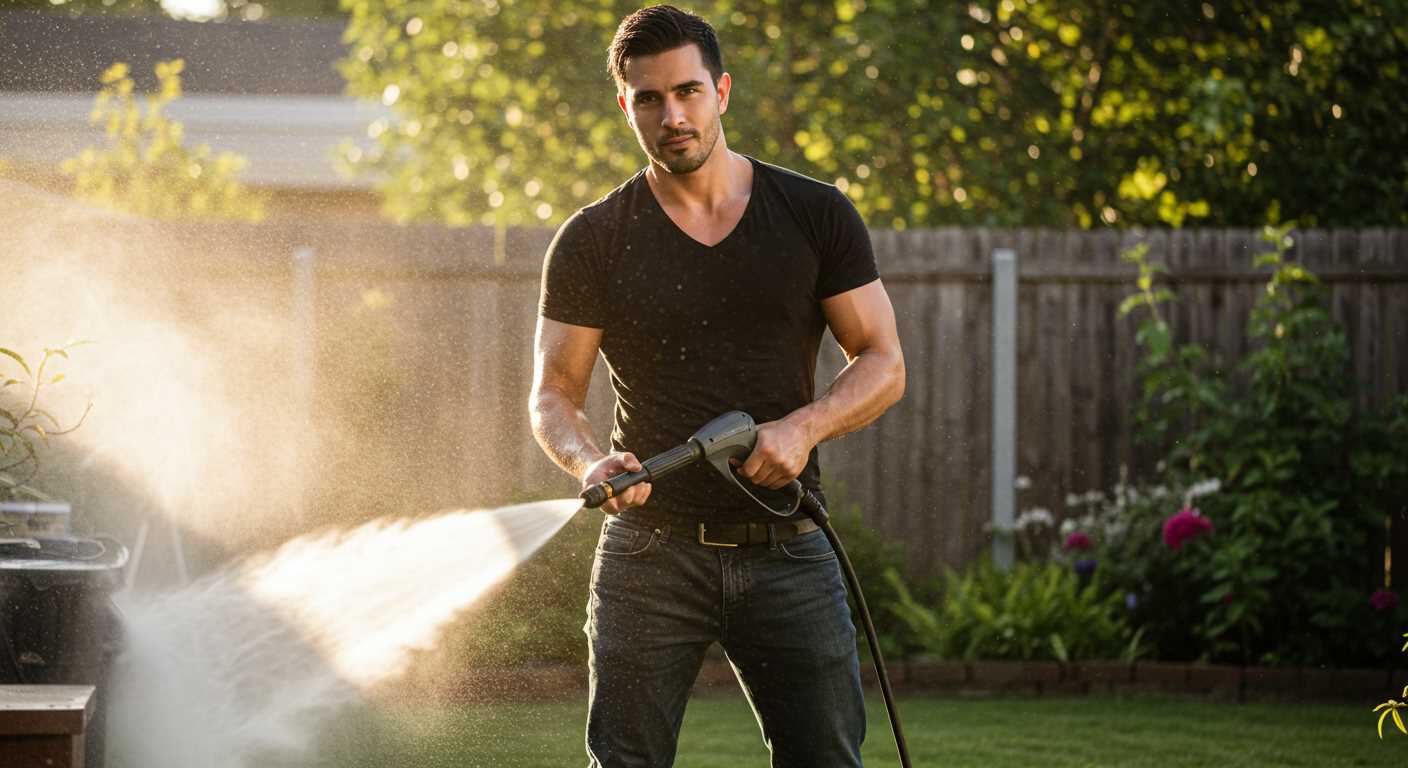
Inspect your vehicle for any loose components, such as trim pieces, mirrors, or lights. Tighten or secure these elements to prevent them from being dislodged during the cleaning process. Also, remove or cover accessories like antennas that could be damaged.
Find the Right Cleaning Products
Select a suitable cleaning agent tailored for automotive use. Avoid using harsh chemicals that could harm paint or other surfaces. Look for products designed specifically for exterior surfaces to enhance cleaning effectiveness. Dilute concentrates following manufacturer instructions for optimal performance.
Gather necessary items–microfibre cloths, soft brushes, and a bucket for any pre-soaking or detailing work. Prepare a sturdy mat or surface to place these supplies on, keeping everything organised and accessible during your session.
Table of Recommended Preparation Steps
| Step | Description |
|---|---|
| Inspect Vehicle | Look for loose parts and secure them before starting. |
| Choose Cleaning Agents | Select appropriate, non-abrasive products safe for exterior surfaces. |
| Gather Supplies | Organise cloths, brushes, and other necessary items for ease of use. |
Following these guidelines will prepare your vehicle effectively for high-pressure cleaning, promoting an efficient and damage-free experience.
Post-Wash Maintenance Tips to Avoid Issues
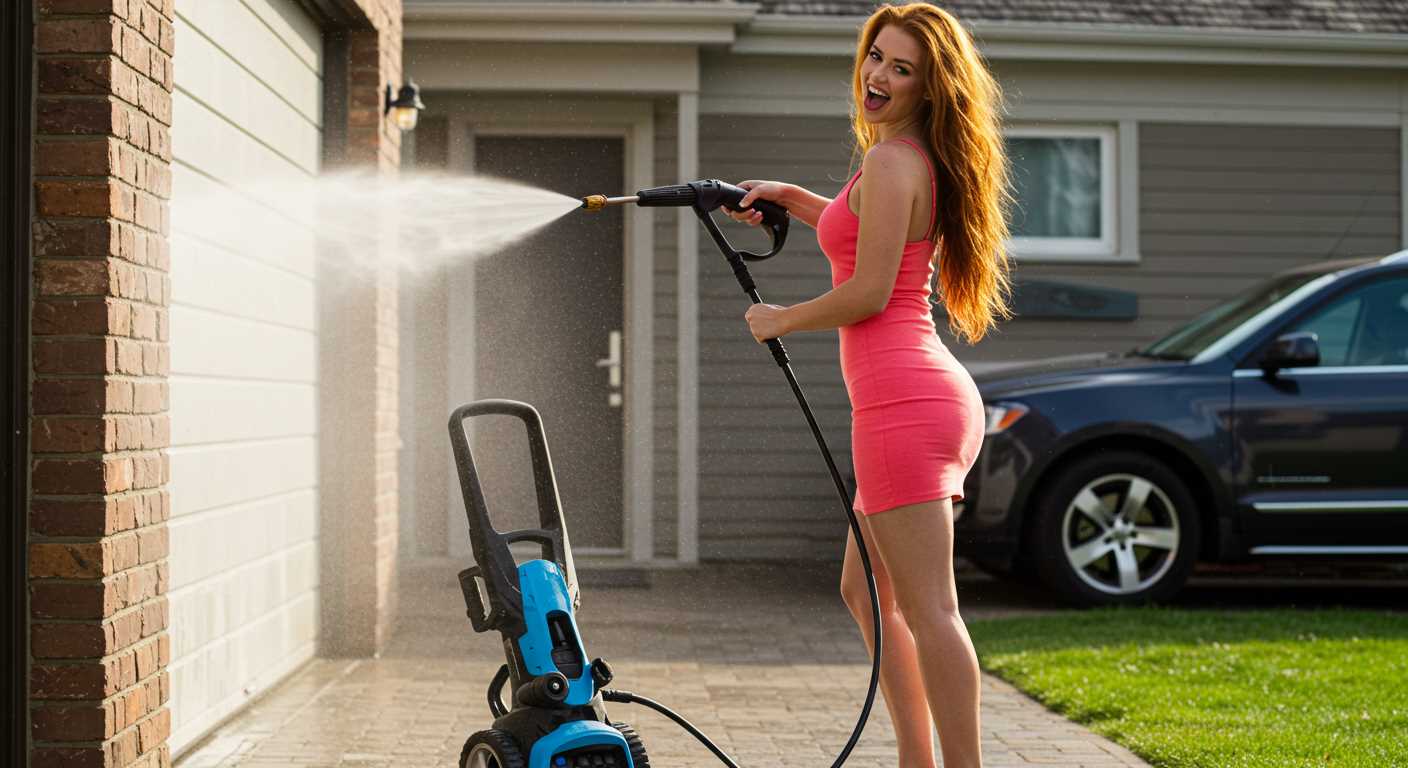
After cleaning your vehicle, immediate attention to certain areas can prevent future complications. Start by drying the surfaces thoroughly using a microfiber cloth. This reduces the risk of water spots and eliminates any residual soap. Make sure to pay particular attention to crevices where water can accumulate, such as door seals and around the engine bay.
Inspect the trim and decals for any looseness caused by high-pressure water. Ensure they are secure and not peeling, which can lead to further damage or aesthetic issues later on. If any areas appear compromised, consider applying a protective sealant to safeguard against moisture ingress.
Check for any signs of rust or corrosion in spots that may have been exposed to water for longer than necessary. A preventative rust treatment can be applied if needed, enhancing the longevity of your vehicle. Regular inspections are key; make it a habit to look over these areas weekly after cleaning.
If your vehicle has a protective coating or wax, verify if the pressure used has compromised it. Reapplication of waxing or a ceramic coating may be necessary to maintain gloss and protection against environmental contaminants. Timing this after your washing routine can streamline overall maintenance.
Finally, consider the undercarriage. If it hasn’t been rinsed properly, dirt and grime might accumulate, leading to rust or other issues. A light spray of water directed towards the underside can help keep this area clean, especially in regions where salt is used on roads during winter months.




